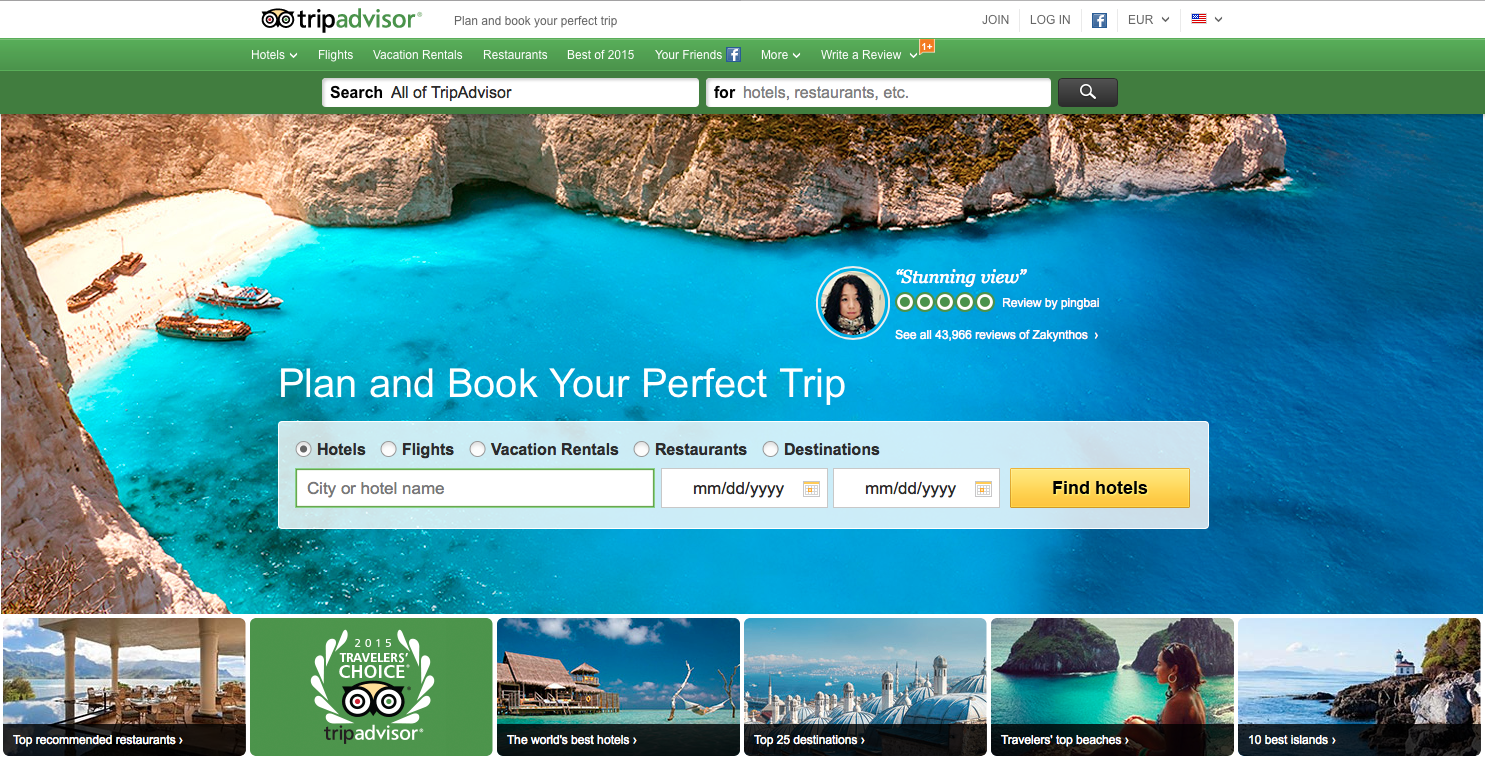The rise of social media and online reviews may have turned yesteryear’s business-to-consumer marketing monologue on its head. But what has emerged in its place is an enriching conversation that can help you drive growth — only now with the consumer as co-pilot pointing the way to new opportunity.
With approximately 80 percent of online content being user generated, today the consumer has the stage and the mic . That means that consumers are speaking loud and clear, praising or bashing your product or service. After all, new, potential customers are more likely to heed their peers’ reviews and opinions than your well-planned marketing campaign.
Social media and online review platforms are indeed revolutionizing traditional approaches to marketing. If you know how to tap into and manage the wealth that this media offers, you can stay in the driver’s seat, with your consumers as copilot .
A New Age
Without a doubt, the age of collaborative marketing is upon us. As a professional in the field you are still creating and communicating value to your clients. Only now, with the direct input of your target audience, your efforts will be hitting the nail on the head more than ever before.
Here are six areas where my colleague Pablo Foncillas and I suggest you focus your efforts. Doing so will help you reap the most benefits from the new collaborative approach:
1. Create Community
Nike is the perfect example of how to create community and new value. The Nike+ Training club, for example allows athletes to get fit, share their workouts with their peers and get inspired to try new types of fitness. The approach generated interest in Nike products across a diverse customer spectrum: for new clients who were joining the Nike community and needed the right equipment for the desired training; existing clients who want to share their performance with Nike+ members but wanted to upgrade to higher margin products to increase their performance; and return customers who wanted to simply join the community.

2. Strengthen brand identity
For some time the French cosmetic chain Sephora explored existing social media to strengthen its visibility. But it discovered that customers had a lot more to say that didn’t quite fit with FB and other platforms. The company therefore created Beauty Talk, its own site where customers can openly ask questions and share advice about what products work best for different skin types, facial features, etc. The site has solidified Sephora’s position as a trusted makeup and cosmetic advisor while at the same time bringing customers into the fold of its brand.
3. Secure loyalty
Trip Advisor has become the go-to sites for travelers. Reviewers share detailed accounts of their experiences for free with the site’s readers who trust their ratings and recommendations. Reviewer loyalty stems in part from belonging to a community. But Trip Advisor also fosters retention by providing frequent reviewers with recognitions like Senior Reviewer, Contributor, Senior Contributor and Top Contributor. These “honors” entice them to continue to produce more content, sealing their loyalty to the site. (I discuss this and other reviewer motivations for content production in “How to Make Online Reviews Work for You”.)

4. Develop brand ambassadors and employee commitment
The shipping company Maersk may not be the first that comes to mind when you think about cutting edge social media. Yet they have been able to capture a following of over a million fans on different social networks. The company invited its thousands of employees (from ship captains to crews, to sales and customer service employees) to share pictures, videos and stories about their day-to-day in an array of digital initiatives. In doing so, they transformed their image from traditional, “boring” company into a modern and dynamic business that is a great place to work.
5. Foster innovation
Netflix is an excellent example of how to tap into your customers for the next great idea. When the company decided it needed to improve the performance of its recommendation system, it turned to crowdsourcing for the solution With its Netflix Prize of $1m, this provider of on-demand streaming tapped into a much broader talent pool outside of the company. The result was a solution that improved this key feature by 10 percent.
6. Manage crisis before it gets out of hand
The eruption of Iceland’s Eyjafjallajökull in 2010 put more than a dent in travel plans and overwhelmed airlines’ customer service department. Here is where social media can come to the rescue, as Vueling discovered during the eruption’s chaotic aftermath. Travellers on Twitter and FB could communicate the official message about contingency plans much more effectively and efficiently than a completely saturated call center. For the company, customer collaboration in getting the word resulted not only in better customer service, but a significant decrease in operating expenses.
Whether your product or service is the talk of the town or receiving rants from disgruntled customers, you need to do more than listen-up to the online chatter. The above approaches are just a few examples of how to convert customers into co-creators of the products and services that ultimately will bring both you and them new value. The new age of collaborative marketing is here to stay; fostering close relationships with consumers will keep you in the driver’s seat, with a savvy guide to help you reach your business objectives.


